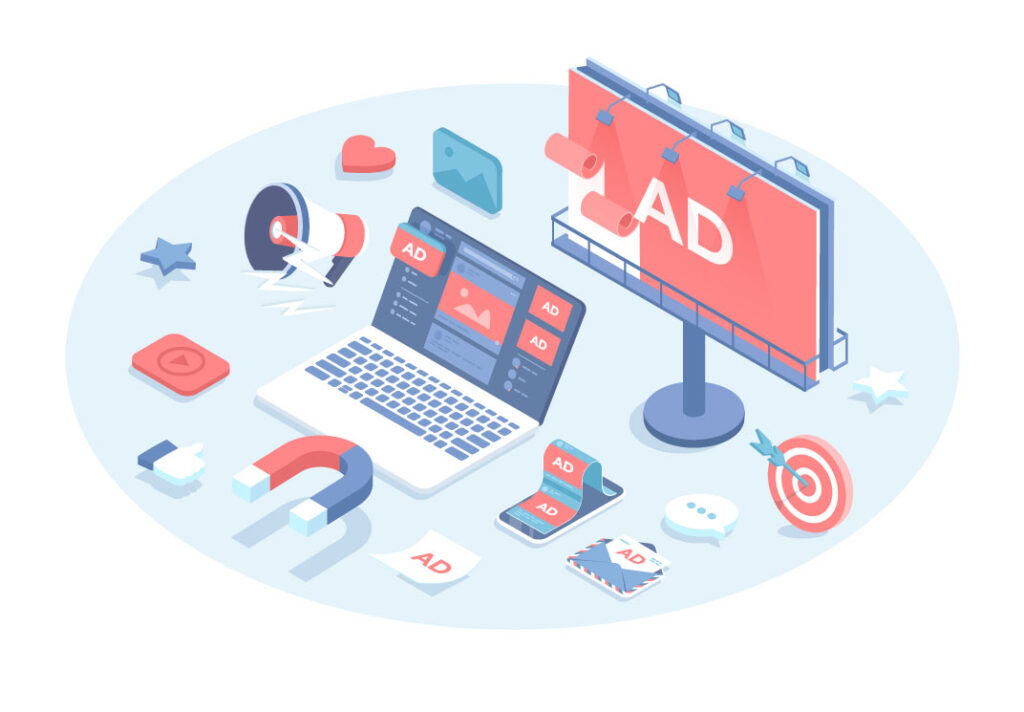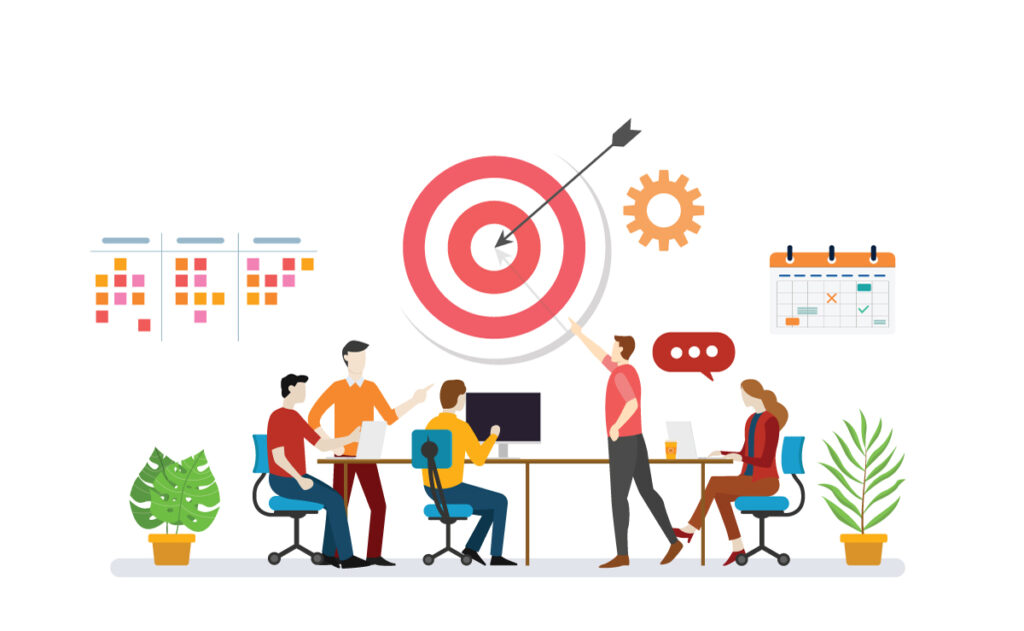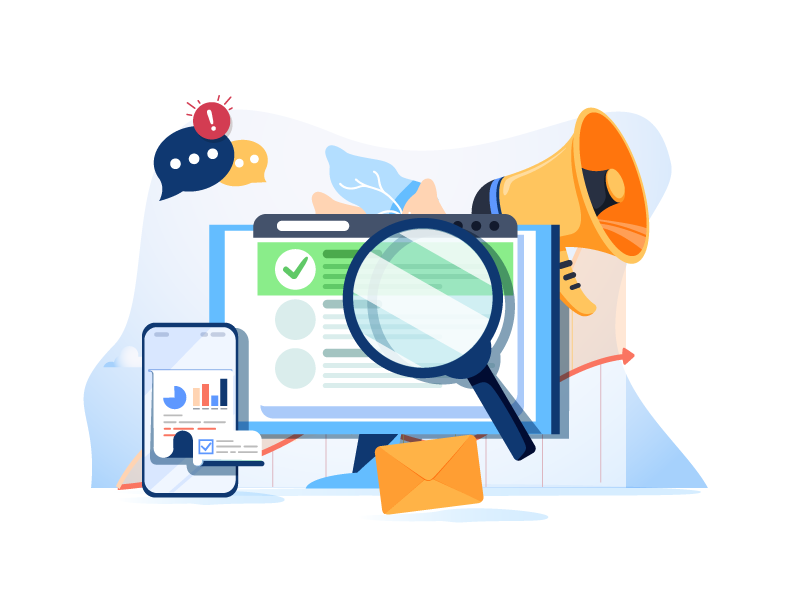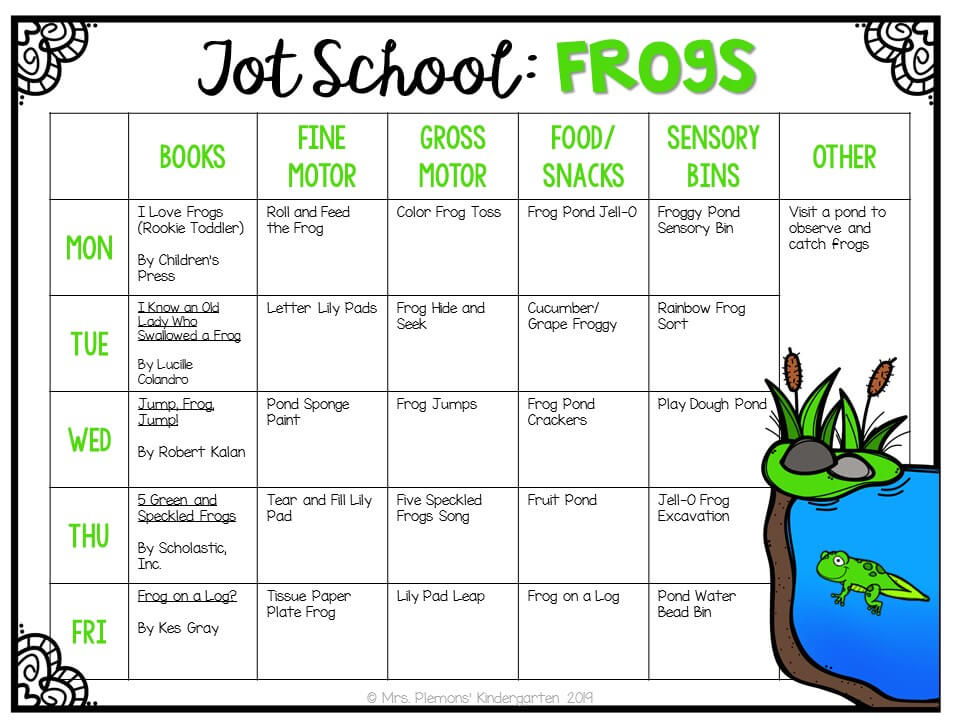This post was originally published on MarketingProfs. LinkedIn is a dynamic hub for B2B marketing leaders unlocking access to reach a highly targeted, professional audience. However, advertising on this platform requires a strategic approach that goes beyond ad placement....

This post was originally published on MarketingProfs.
LinkedIn is a dynamic hub for B2B marketing leaders unlocking access to reach a highly targeted, professional audience. However, advertising on this platform requires a strategic approach that goes beyond ad placement. To truly excel, advertisers need to understand the platform�s best practices. In this blog post, we�ll delve into LinkedIn advertising best practices and benchmarks that hold the potential to steer your campaigns toward a resounding success.
1. Optimal Audience Size and Target Facets
A critical aspect of LinkedIn advertising is defining your target audience starting with audience size. The minimum audience size is 300 LinkedIn members. However, LinkedIn recommends an ideal range of between 300,000 to 50,000 to drive results. Audience size can also vary by campaign type:
Sponsored Content and Sponsored Messaging Campaigns: 300,000+ audience members Text Ad Campaigns: Between 60,000 and 400,000 LinkedIn membersThese recommendations ensure a balance between reach and specificity, maximizing the potential for engagement. However, it�s important to note that each campaign is unique, and testing is critical to find the audience size that works best.
When creating your audience, consider leveraging at least three target facets that align with your campaign goals. These could include job title, industry, company size and seniority level. Consider your campaign�s message and leverage your buyer personas to select the targeting criteria that will resonate best.
2. Diversify and Test Your Creative Units
Variety is the key to unlocking the full potential of LinkedIn advertising. To elevate the effectiveness of your campaigns run six or more creative units per campaign. Not only does this facilitate, A/B testing but it also increases ad rotation, leading to enhanced ad frequency. As a result, you can reduce costs per click and impression and even lower the cost per lead.
When testing different ad variations, set up ad rotation to ensure that each variation of your ad is showing evenly. If your campaign is set to optimize for performance, LinkedIn will serve the highest-performing ad variation to more people versus giving the others a chance to pick up steam. Enabling ad rotation will give an accurate assessment of the test, and help you select the ad variation that resonates with your target audience.
Once the campaign is live, keep an eye on the average click-through rate (CTR) as a good indicator of when it�s time to refresh the ad�s content. When the CTR starts to decline, it�s time to introduce new ad text or images. One LinkedIn advertising best practice is to refresh ad content at least once per month to prevent a decline in performance.
3. Strategic Budget Allocation
Experienced advertisers understand the significance of budget allocation in their campaigns. To maximize outcomes, consider adopting these daily budget benchmarks:
$50 or higher per campaign for awareness objectives $50 or higher for consideration objectives, $100 or more for conversion-focused campaigns.Additionally, employing maximum delivery or lifetime budgets for awareness and consideration campaigns can give you a competitive edge during the bidding process, securing prime ad placements.
4. Patience and Duration
Rome wasn�t built in a day, and the same principle applies to LinkedIn advertising. For accurate results and insights, it�s recommended to run your campaigns for 30 days or more. This component of LinkedIn advertising best practices allows sufficient data accumulation to assess performance and make informed optimizations. This could involve refining audience targeting, modifying ad creatives, adjusting bid strategies or fine-tuning the allocation of your budget.
5. Harnessing Website Demographics
LinkedIn�s Website Demographics tool provides valuable demographic information about visitors to your website. By installing the insight tag and collecting data from at least 300 visits, you will learn more about your website�s audience, enabling more refined targeting for your campaigns. Plus, harvesting this data be useful for future campaigns, like retargeting.
6. Power of a Completed LinkedIn Company Page
A completed LinkedIn company page holds immense potential. Statistics reveal that completed pages garner 30% more traffic. Furthermore, 36.2% of experienced advertisers maintain company pages that are complete and consistently active. To make the most of your company page:
Include a logo and banner that reflects your brand guidelines. The recommended specs for the logo are 400 (w) x 400 (h) pixels and the recommended dimensions for a cover image are 1128 (w) x 191 (h). Learn more about LinkedIn image specifications. Ensure all relevant information regarding your company is filled out including categories like industry, company size, description, location and website URL. As you create your company page, there will be a meter that indicates progress. When all sections are complete, the meter will disappear. Aim to progress the meter as close to completion as possible to create the best possible experience for potential followers. Utilize the �About� section of the page to articulate your company�s values and mission to establish a connection with your audience.7. Consistent Engagement Strategies
To keep your audience engaged and attract new followers, consistency is essential. Posting daily on your LinkedIn company page drives activity, enhances interactions and expands your follower base. Beyond posting on a regular cadence, incorporating relevant hashtags relating to your products or solutions can significantly increase the visibility of your content.
Another way to drive engagement is to prompt audience participation. Encourage feedback from your audience by asking questions or encouraging opinions with LinkedIn polls.
Most importantly, offer value when presenting a call-to-action to the audience. Offer an article, white paper, infographic, free trial, product demo or eBook in exchange for interacting with your ad or post. If an audience member can gain something from interacting with your company, they will be more likely to engage.
8. Tap into Groups and Connections
Engagement isn�t limited to your company page alone. Engaging with LinkedIn groups of interest can help you organically expand your following and funnel activity back to your business page.
Additionally, the �Invite Connections� feature lets you extend personal connections to your business page, strengthening your presence.
In conclusion, unlocking the full potential of LinkedIn advertising requires a comprehensive approach and complete understanding of LinkedIn advertising best practices that encompasses audience targeting, creative diversity, strategic budgeting and consistent engagement. By adhering to these benchmarks and best practices, you position your campaigns for success and harness the true power of the LinkedIn platform.
Are you ready to build a B2B marketing plan that includes high-impact campaigns? Contact us today or request a free marketing consultation with one of our B2B marketing experts.
The post LinkedIn Advertising Best Practices and Benchmarks: Maximizing Your Campaign�s Potential appeared first on Launch Marketing.











